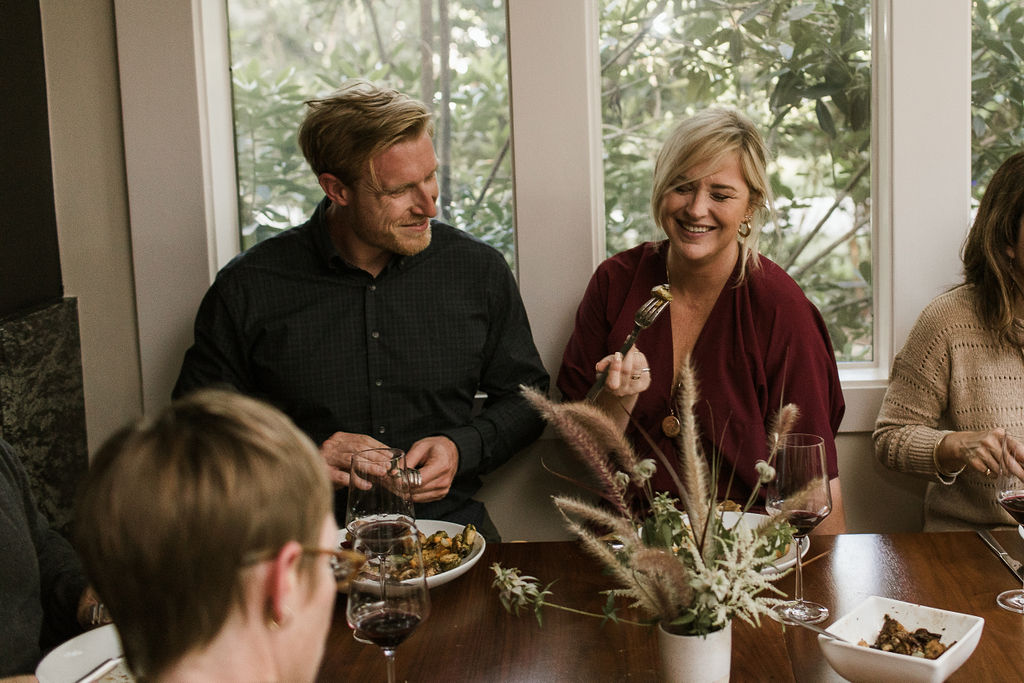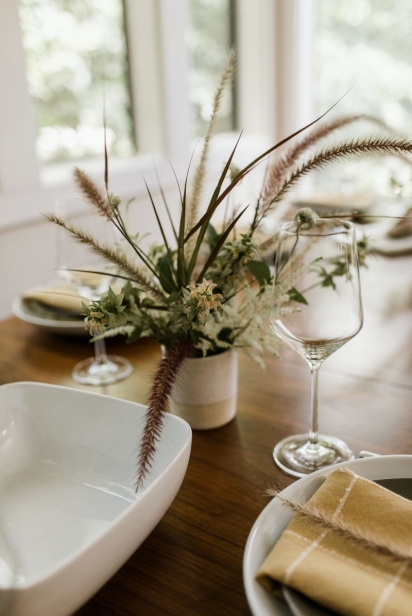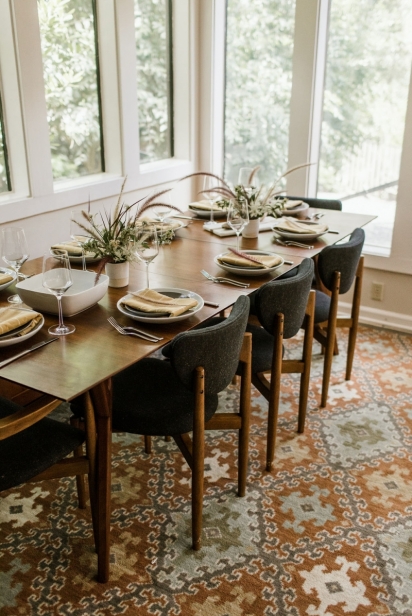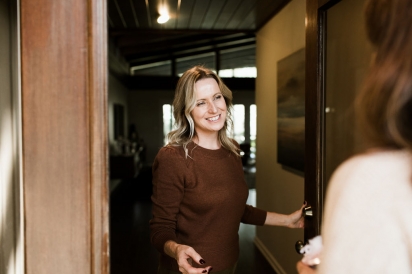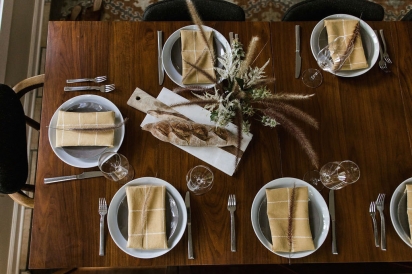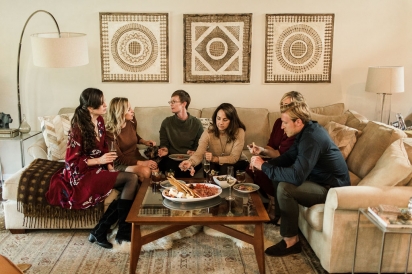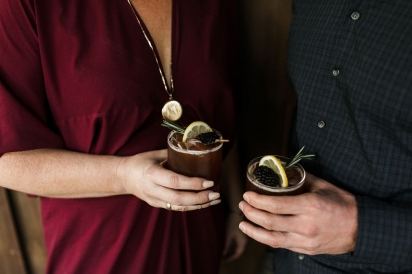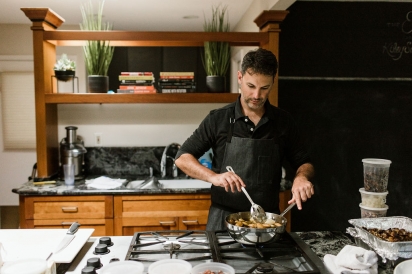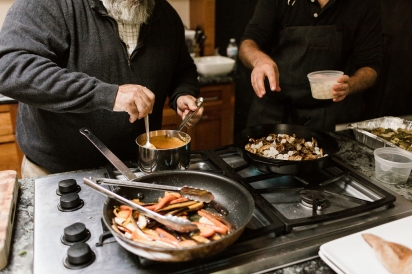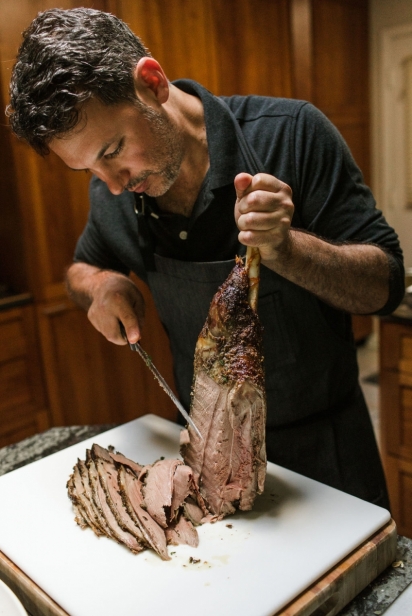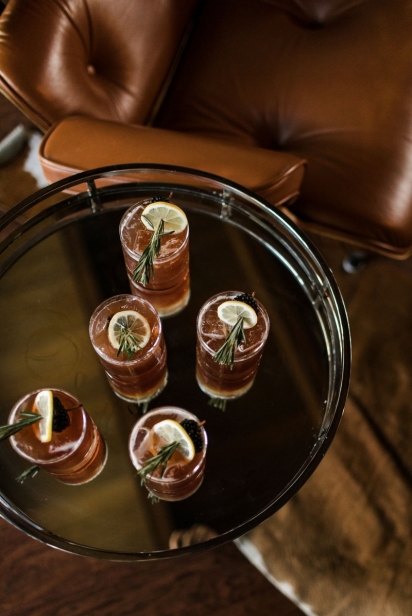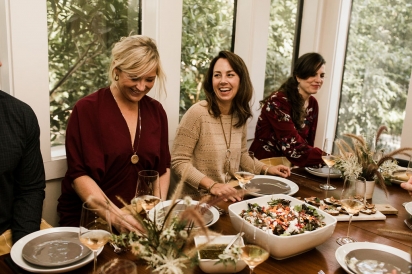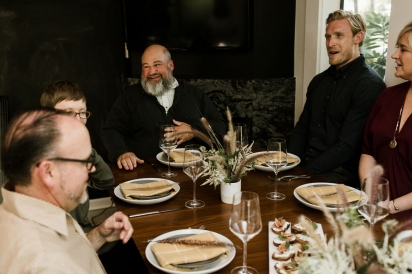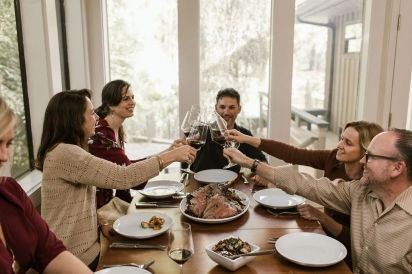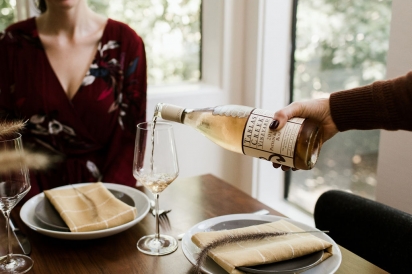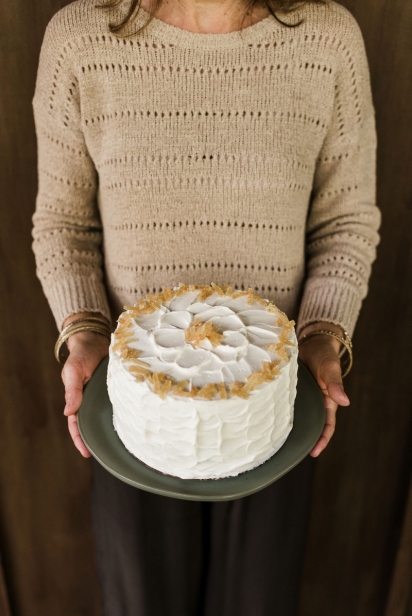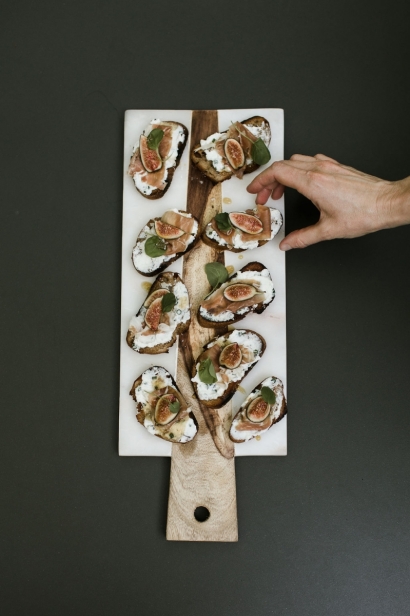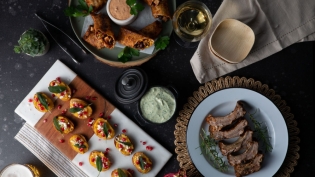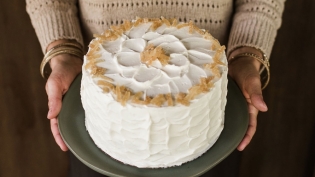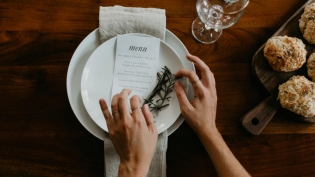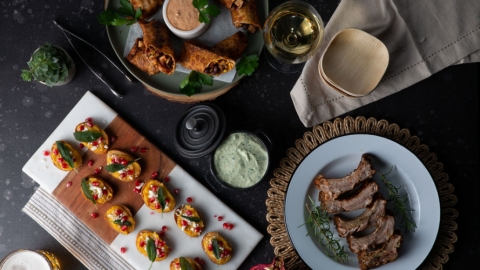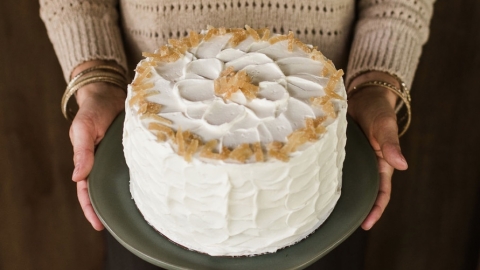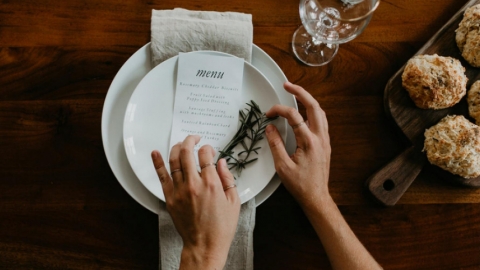Bringing Back the Dinner Party
Big things happen at dinner parties. It was at an impromptu dinner party where Thomas Jefferson, Alexander Hamilton and James Madison decided to make Washington D.C. our nation’s capital. It was at a dinner party hosted by PBS producer Joan Ganz Cooney in 1962, where the conversation at the table circled around a lack of good television for children to enjoy. That night, Sesame Street was born.
Little things happen at dinner parties too. Connections are made and coincidences are discovered. There is laughter and there are sighs. There are simple gestures of kindness, like helping to clear a table or refilling a friend’s glass of wine. Dinner parties are unlike any other type of entertaining. Being in a home, they are an intimate glimpse into a person’s life. They are a celebration of a singular moment driven by nothing more than the collective enjoyment of company, hospitality and a delicious meal.
Full disclosure: my husband is a chef, and we like to entertain. We have hosted big house parties feeding 80 people at a time and small intimate meals with a handful of guests over candlelight. Luckily, even though everyone expects a meal at a chef ’s house to be top notch, crafting a menu for a dinner party does not require much effort on my part, as he is driven to deliver. As a team, we have entertaining down to a science. My husband is responsible for curating the meal and choosing the wine, and I am responsible for everything else. Polishing glasses and silver. Ironing napkins. Creating multiple flower arrangements. I build a self-serve cocktail bar with all the fixings for various classic cocktails. I fill the wine buckets with ice and a bottle of white, and place a bottle of red on a table nearby, along with tools necessary to crack them open. Charcuterie and cheese boards sit ripening to the perfect temperature. There is a professional standard that chef life requires of a dinner party, and that is no small feat to accomplish.
Magazine spreads boast bounty and beauty as the driving aspects of a gorgeous dinner party. But those photos don’t show behind the scenes reality. With two small children, two dogs, a cat and a full-time day job, I tend to spend every last second of preparation cleaning up stray toys under the couch, or a strange smear on the wall that may have been there a week or five minutes. In the past, it would be routine for me to be frazzled, throwing on a new outfit and some lipstick ten minutes before guests were set to arrive.
Then one day something clicked. It was an hour before guests were to arrive, and I noticed a dusty lamp shade in our living room. (Dinner parties are wonderful for exposing previously unnoticed dirt in glaring detail at home.) Even though I needed to get the wine on ice, I felt it was imperative to deal with the lampshade. What if someone saw it and was disgusted? I grabbed a rag and got to work. I was annoyed at the chore, but mostly agitated with myself for caring so much. In that moment, I put down the rag and said forget it. If someone was going to come into my house, eat my food, drink my beverages and be appalled by my dirty lampshade, that guest was a miserable person that I didn’t need in my life. I put away the dust rag, poured myself a cocktail and went upstairs to give myself a good 30 minutes to get ready before guests arrived. From that night on, dinner parties became much less stressful for this working mom.
From Victorian times to the Nuclear Age, dinner parties were one of the quintessential performances of women’s work. They were complexly staged events designed around making connections to elevate a man’s place in society. A dinner party was an opportunity for a man to put his wife on display, and showcase her beauty and talents as a homemaker. As a social event taking place in the home, it was the prime chance for a woman to build her husband’s stature, and by default her own, through showing off her design aesthetic and her ability to put together a seamless, fabulous meal.
From the 1800's through the 1960's, dinner parties began with a formal invite delivered by mail. Guests were chosen based on what they brought to the table, be it social status, wealth or an uncanny ability to carry on great conversation and keep the party lively. Nobody was invited on a whim. Dinner parties were careful, formal affairs where silver patterns were admired, crystal gleamed, the menu was curated and propriety ruled at the table. They served as a vital cultural tradition of middle class society throughout the 19th and 20th centuries, but when women joined the workforce in earnest in the 1970s, the dinner party dwindled as a staple of social life.
Some say dinner parties died with feminism. As a child of a second-wave feminist, I can only remember my mother hosting one dinner party as a child. It got off to a terrible start. It was in the mid-1990s and the occasion was to entertain clients. This is something my parents usually did at a high-end restaurant. They were attorneys, and they often worked 50-plus hours a week. We rarely ate at the table as a family, and weekends were for the purpose of resting up for the work-week ahead.
My parents rarely had company over, and the spectacle of this dinner party intrigued me as a teenager. I had never seen my mom in such a state of domesticity. The dining room table was set as if it were a holiday—the living room and lanai garnished with platters of hors d’oeuvres. My mother was frenzied putting the finishing touches on everything, as she swatted off my hungry brothers circling the finger foods. She was visibly sweating in her blouse and slacks.
In the last push before guests arrived, as she raced from the living room to the lanai, my mother misjudged and thought the sliding glass door was open. She slammed into its spotless pane. I can still remember the thud of her hitting the glass echoing through the house. The entire family ran into the living room, where we found her standing there stunned. Her glasses had cut her face with the impact. As her nose swelled, tears ran down her cheeks. She assured us in a trembling voice that she was okay. She lied. After that night, she was done with dinner parties.
My mother’s retreat from entertaining was indicative of a broader cultural shift, away from the measure of a women’s value to her husband. But if women entering the workforce killed the dinner party, maybe it is up to us to bring it back as a way to build ties in our communities. Why? Because a meal tastes better in good company, and candlelight makes everyone more beautiful. Because dinner parties are an act of sharing and gratitude, and both are gifts we need to be our best selves. Because building a village matters, even in the global economy, and small intimate gatherings allow for authentic connection.
A dinner party doesn’t have to be fancy, nor do you need to be a chef and create a feast. It can be as easy as making a big salad and ordering in pizza to share with friends. It could be a table decked out in finery and a feast fit for a two page spread. It can be whatever you can afford, whatever feels right. Make it work for you. Big things, and small connections, happen at dinner parties, and who knows where the next gathering will take you.
Many thanks to Native Sun Natural Foods Market for ingredients, The Wilding Collective for tablescape florals, Manifest Distilling for cocktail spirits, Cline's Custom Meats for leg of lamb, Chef Christina Longo for dessert, and Curate & Co. for photo styling.


